Why Should you Conduct Competitor Analysis?
Competitor analysis as a strategy is nothing new. Our ancestors had to do it before they went to fight battles. And even today as companies continue to fight over market shares, this strategy keeps being applied. The only difference between the two is that in modern times we fight without shedding blood and we use sophisticated tools to help us conduct competitor analysis.
Why Conduct a Competitor Analysis?
This is essentially an act of knowing the strengths and weaknesses of your competitors. Competitor analysis helps you get a better understanding of your own standing in the market and might provide a distinct advantage over others. The better you understand your competitors, the better are your chances of being a market leader. Competitor analysis gives you a complete idea of what needs to be improved in which area. While analyzing your competitor’s performance, you are identifying:
- Market gaps.
- The keywords they rank for.
- Sites which link back to your competitors
- Their approach to SEO
- Their top-selling products/services
- Reasons why the products/services sell most
- The standard at which their operations are run
- The strategies they adopt for marketing and selling
So how does competitor analysis help with all of these? Let us expand on that.
Know Your Competitors
We think you already have a fair idea of your competitors if you have read this article up to this point. If not, we can quickly browse through some definitions before we move on to the how and why.
Direct Competitors (Primary)
These are the brands directly competing with you. This means they are selling the same product and services like you to the same audience and maybe even based at the same location.
Indirect Competitors (Secondary)
Indirect competitors are the brands offering the same or similar products to the same audience. But they are serving a different need.
Tertiary Competitors
Tertiary competitors are brands offering products or services that are in the same category but not the same. It is important to study these competitors as well in case they launch the same product or service in the future.
One of the ways you can find out who your competitors are by using tracking tools. Enter your industry keywords and the popular names and relevant businesses pop up.
How does Competitor Analysis Help?
Asking some questions about your competitors and tracking the data for these will help you analyze your business as compared to your competitors.
1. What Products/Services are your Competitors Offering?
This is the very basic part of competitor analysis. Make an effort to know the products/services your competitors are offering. The quality of their products, the price point, purchase volumes et cetera. Getting a sense of how their business operates is a good place to start.
2. Analyze their Sales Tactics
Sometimes you’d find you lost one of your own customers to a competitor. And this might not be because they offer a better version of the product. It might just be that they have a better marketing and sales strategy. Take a look at their sales process. What channels are they selling their products on? Are they partnering with others for the sales process? How are their salespeople pitching?
You could find most of this information online in their annual report. You could also use your CRM tool and reach out to the customer you lost and try to understand what made them switch.
3. Competitor Analysis helps with Content Strategy
If you’ve been following marketing trends, you know content is king. Especially if you are in the B2B industry, content marketing is a prime tool for you. Competitor analysis can be of great help for your content strategy. To begin with, take a look at the type of content they produce and the frequency of it. Also, keep a check on how their posts perform.
The idea is to get a sense of the type of content that is working for them. If their blogs/guides/whitepapers are being shared and read extensively, you need to study their strategy. If it’s failing, you would know what not to write about. Also, with the analysis, you would know if they have missed talking about some product or feature. You can start talking about it and educating the audience.
Competitor analysis tools also allow you to track your competitor’s performance. You can study metrics like their backlinks, the traffic they get et cetera. This helps you to study their SEO and hence create your own strategy. What themes to focus on? Which keywords to use? All of that!
4. Social Media Performance
Social media is one of the most important platforms for companies nowadays. There are brands that have built their entire customer base via social media platforms. Hence it goes without saying that studying your competitor’s social media success is important for your success. Understanding what they are doing will help you formulate your own social media strategy.
Your competitor’s engagement rates tell you about their social media presence and brand visibility. If their engagement levels are high, track the public sentiment around their brand name. Social listening and sentiment analysis tools can help you gauge these metrics. Social media analytics help you track your competitor’s SOV, SOE, engagement levels et cetera. Taking note of your competitor’s actions help you to avoid their mistakes and mimic their strong moves.
Overall, a properly conducted competitor analysis gives you a well-rounded understanding of the market players. When all of these metrics come together, you get a view of all the business operations. You will know if you are lagging behind your competitors or are ahead of them. Hopefully, this guide has helped answer the question of why we need to conduct competitive analysis!




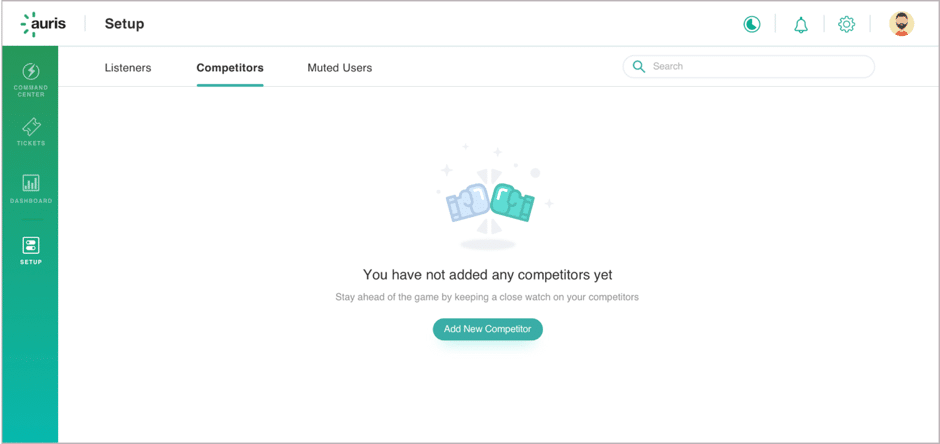
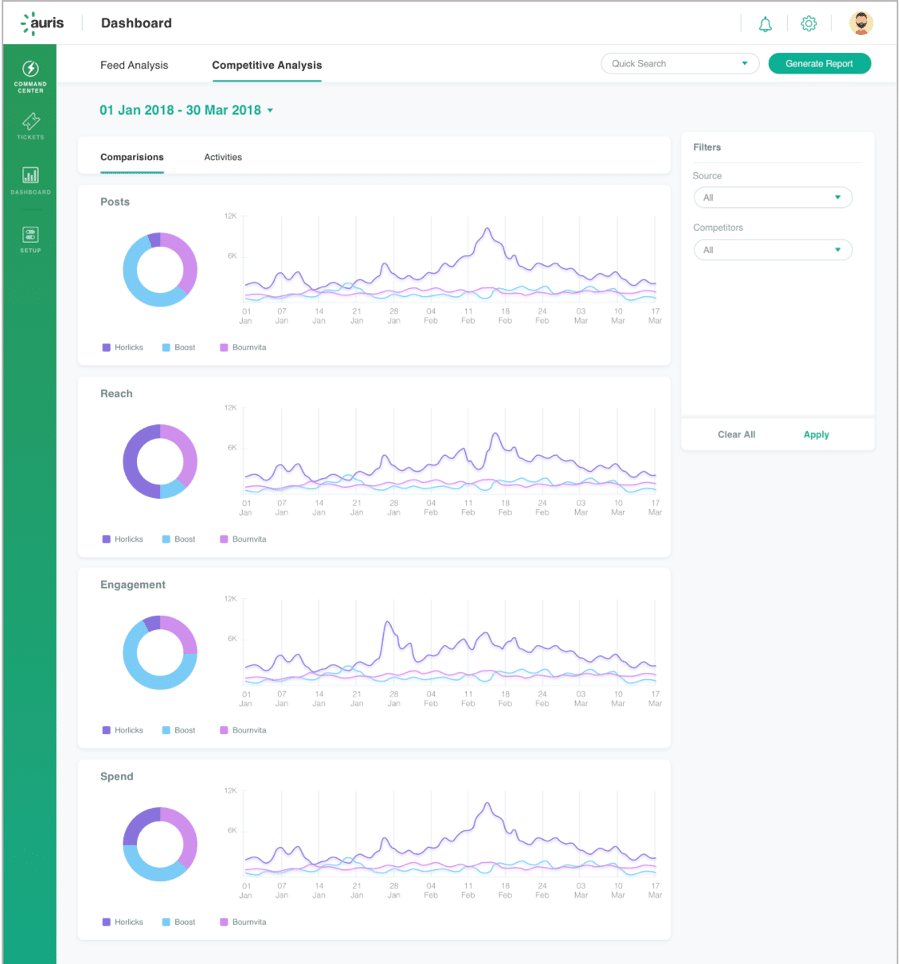

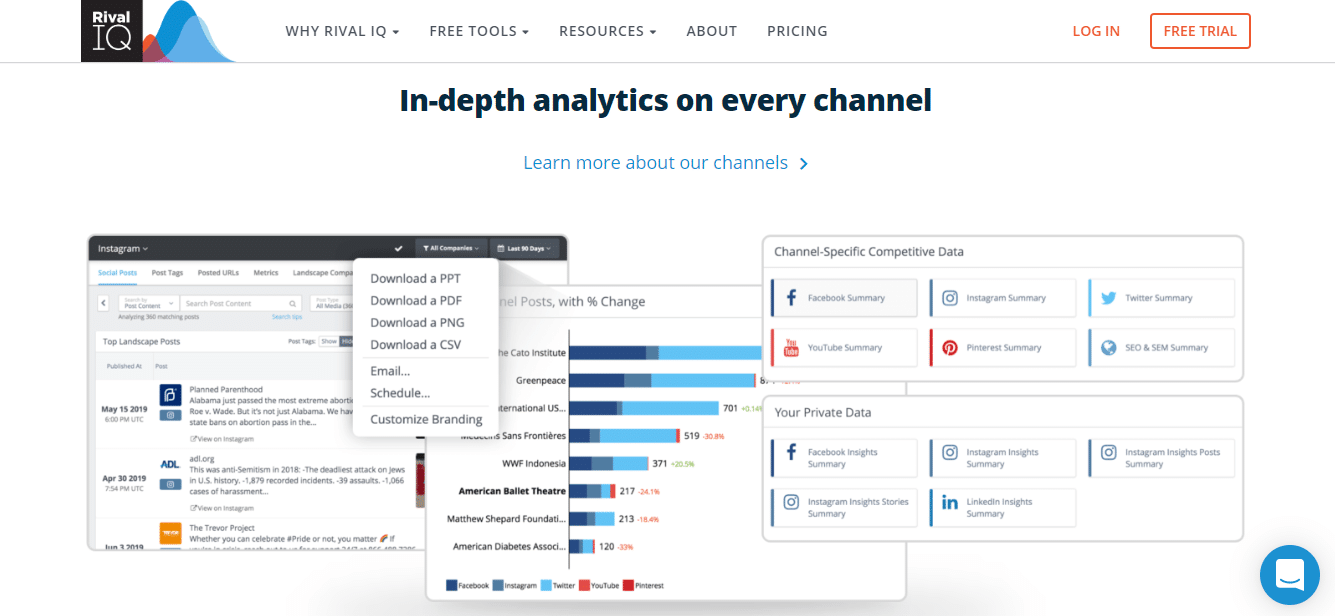
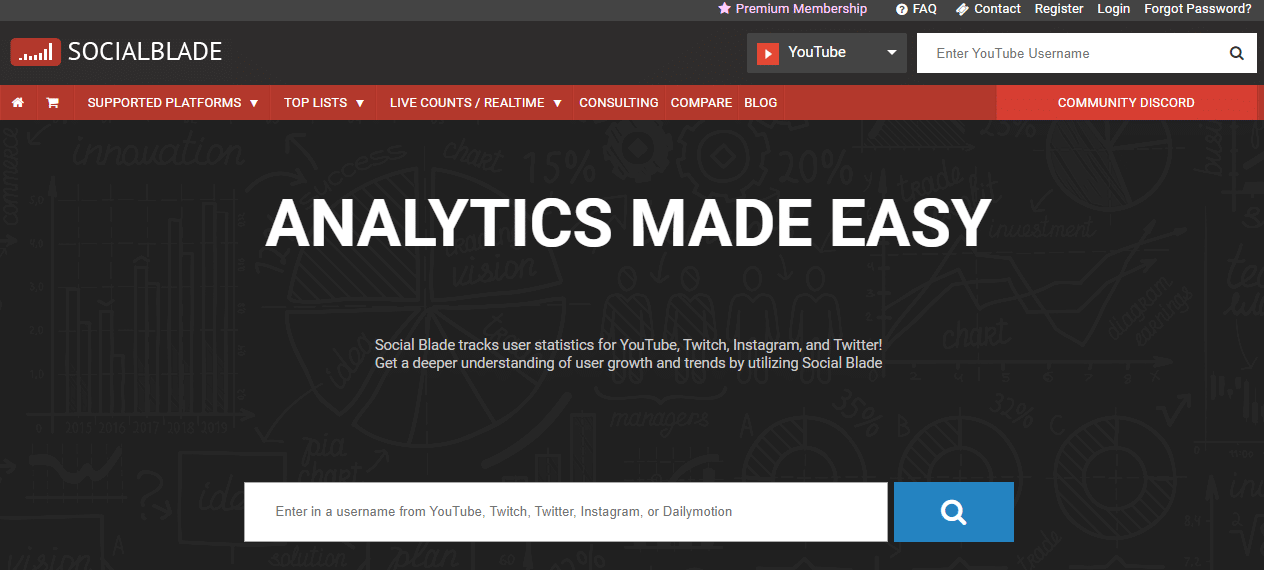
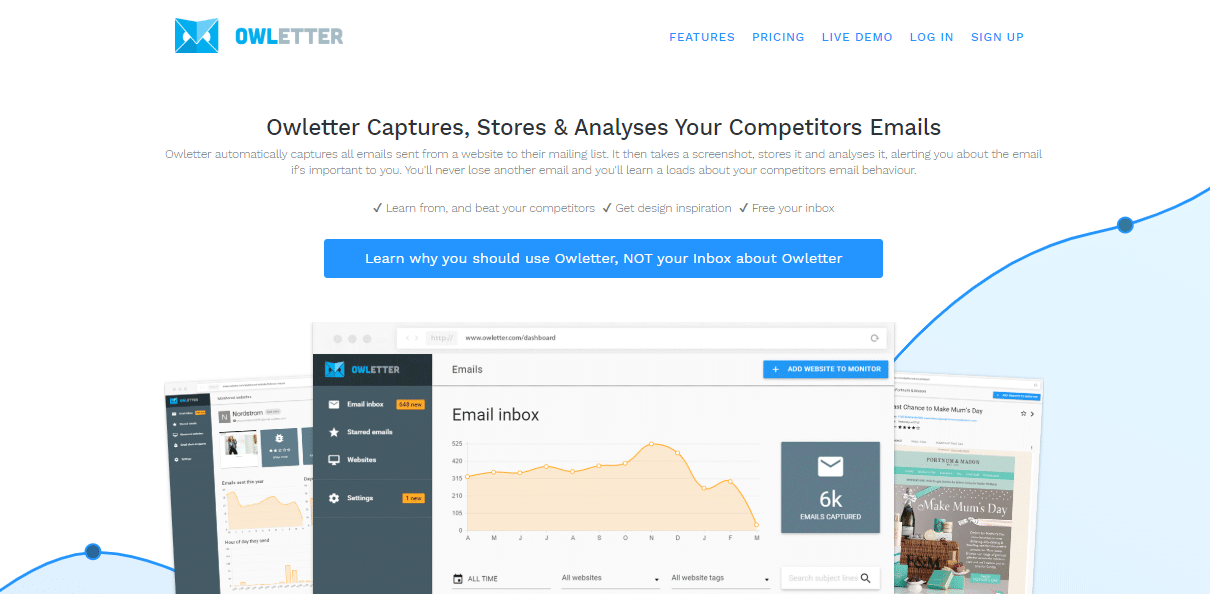

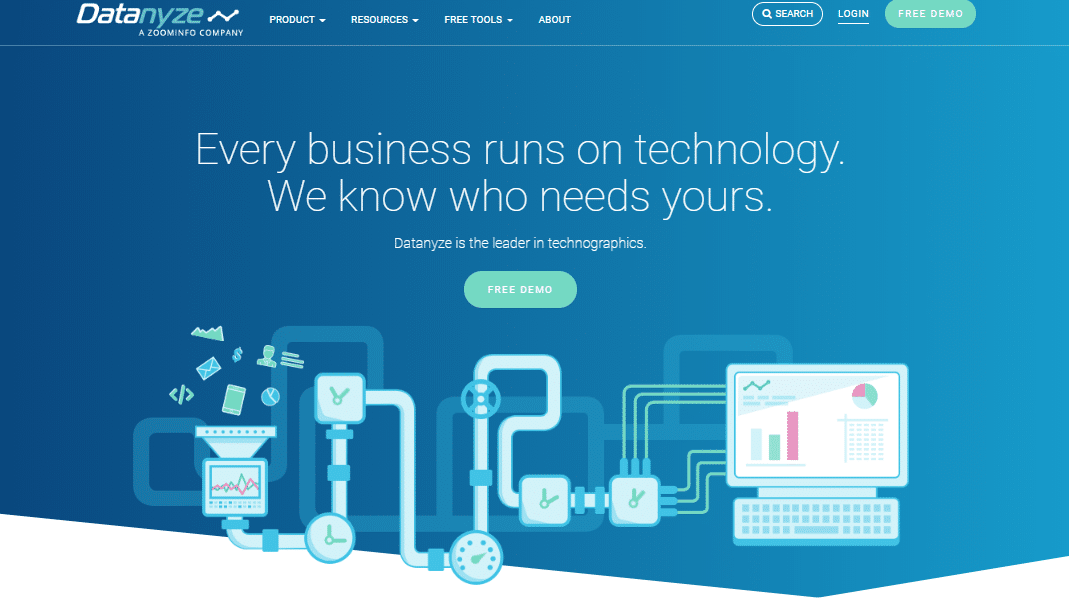
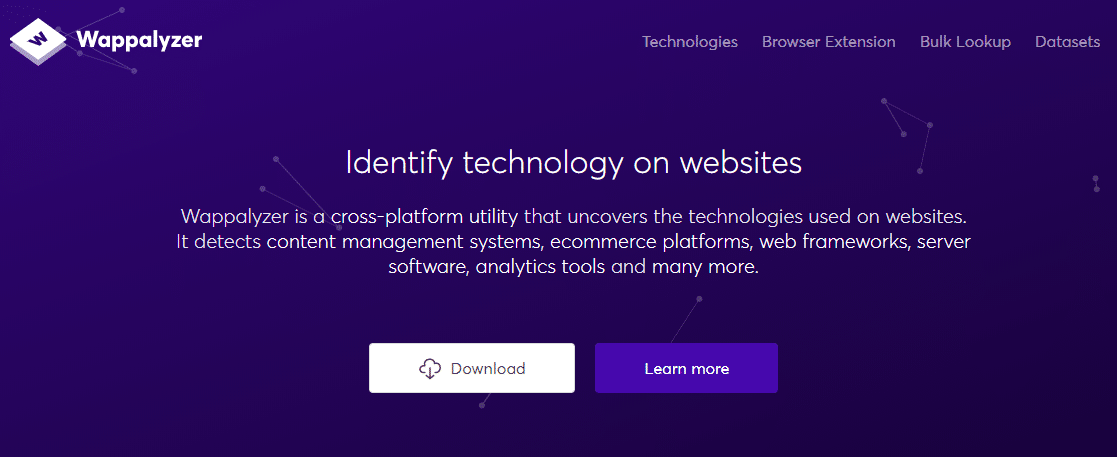


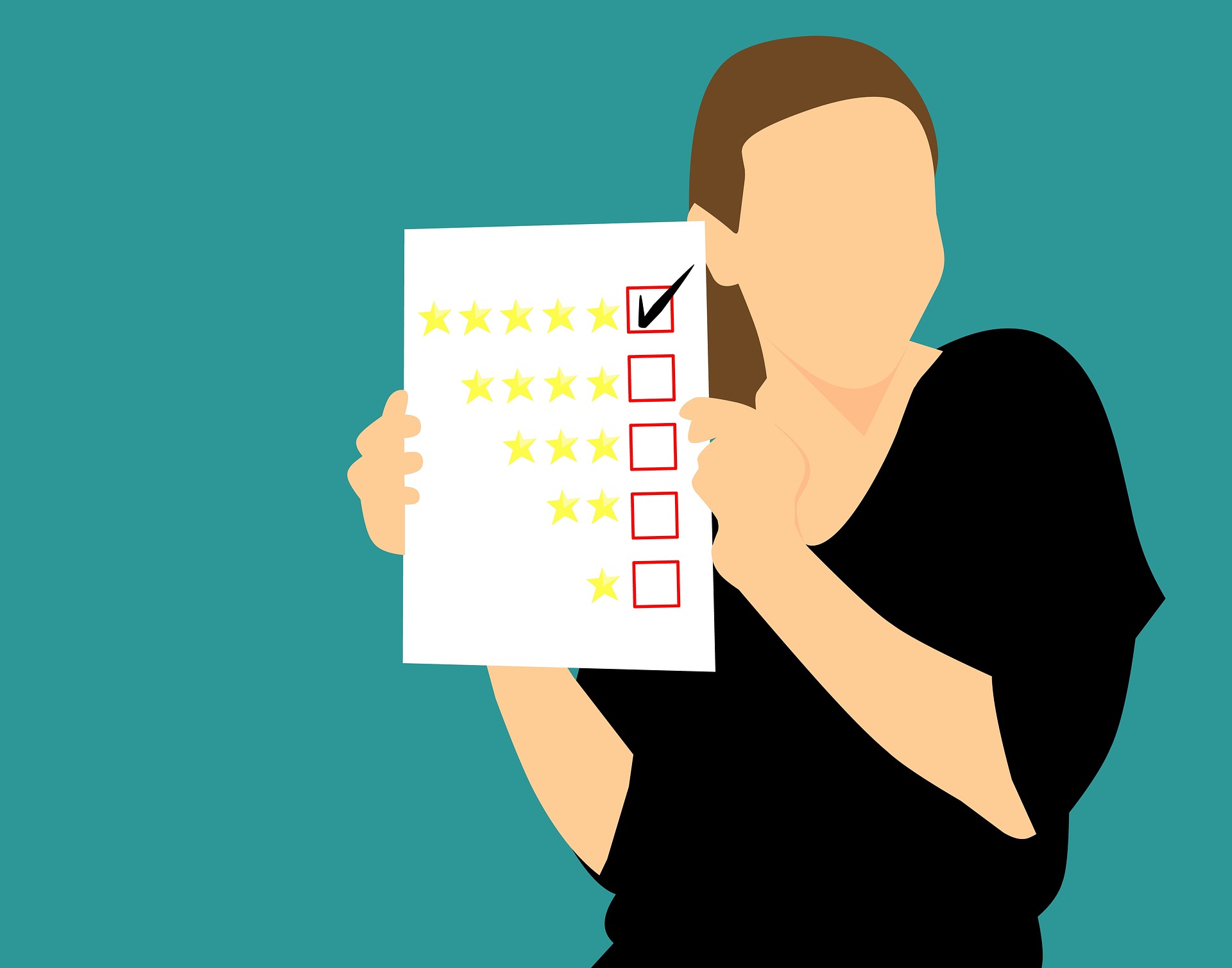 A
A  Social media monitoring presents you with all the bits and pieces of an unsolved jigsaw puzzle, but social listening joins every piece at the right place to give you a complete picture. Simply put, social media monitoring can be called a subset of social media listening.
Social media monitoring presents you with all the bits and pieces of an unsolved jigsaw puzzle, but social listening joins every piece at the right place to give you a complete picture. Simply put, social media monitoring can be called a subset of social media listening. This information can help you design an effective action plan to manage your online reputation and to strategize about other functions of your business too! When there is a considerable amount of negative chatter about your customer service, most of them would mention the reason for it. It could be due to long response time, unsatisfactory response or even a rude or uncaring attitude. It can help you chalk out a plan for changing the processes of your customer service department.
This information can help you design an effective action plan to manage your online reputation and to strategize about other functions of your business too! When there is a considerable amount of negative chatter about your customer service, most of them would mention the reason for it. It could be due to long response time, unsatisfactory response or even a rude or uncaring attitude. It can help you chalk out a plan for changing the processes of your customer service department.
